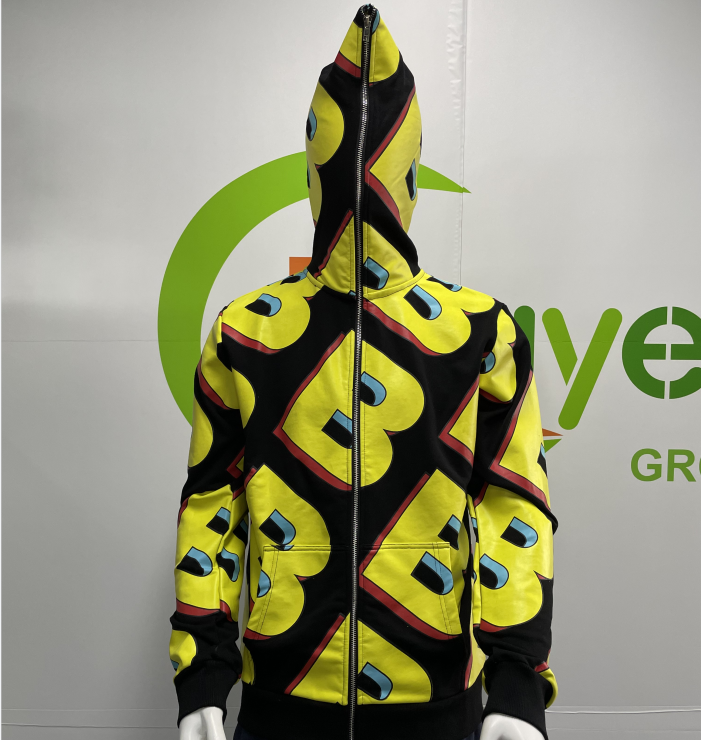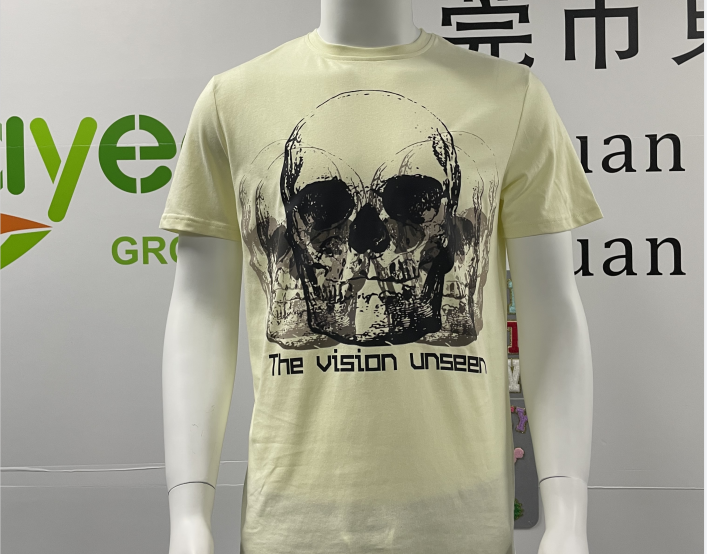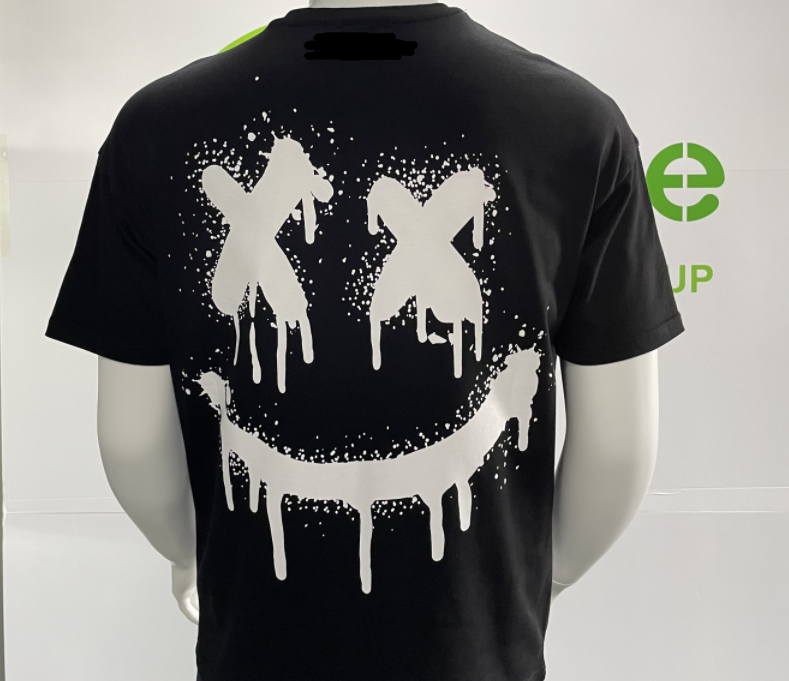When it comes to creating custom t-shirts, hoodies, sweatshirt , there are a variety of printing techniques available in the market. However, it is imperative to understand the differences between them in order to make an informed decision. In this article, we’ll explore the three main printing methods used for fabric customization: screen printing, digital printing, and heat transfer printing. Each technology has its own unique advantages and disadvantages in terms of cost, quality, durability and design complexity. By understanding these differences, you can make the right choice and create stunning custom designed t-shirts.
Screen printing full zip up hoodie
Screen printing is a traditional method that has been around for centuries. It involves creating a stencil, called a screen, through which ink is pressed onto the fabric using a squeegee. Screen printing is popular for its durability and vibrant colors. This technology is suitable for large orders as it provides a cost-effective solution.
The process of screen printing involves several steps. First, the screen is created by applying a photosensitive emulsion onto the mesh. Then, create the design on the transparencies that are placed on top of the screen. The screen is exposed to light, and the emulsion in which the pattern is present will harden. Afterwards, the screen is washed, leaving the stencil. The ink is placed on one end of the stencil, and a squeegee is used to push the ink through the screen onto the fabric.
Digital printing, on the other hand, is a relatively new printing technology that has grown in popularity in recent years. This method involves printing the desired design directly onto the fabric using a specialized inkjet printer. The technique is advantageous due to its versatility, as it allows for complex designs and detailed images.
The process of digital printing is very simple. The design is created on a computer and then printed onto fabric using an inkjet printer. Digital printing is ideal for those looking for low minimum order quantities or even individual custom prints. It also comes in a variety of color options to accurately reproduce intricate designs.
Heat transfer printing T-shirt
Thermal transfer printing is another widely used technique for custom T-shirt printing. The method involves transferring the design onto the fabric using heat and pressure. Thermal transfer is suitable for smaller orders and offers the flexibility to print on a variety of materials, including polyester, cotton and blends.
There are two types of heat transfers: plastisol transfers and vinyl transfers. Plastisol transfer printing involves screen printing the desired design onto special release paper using plastisol inks. The design is then transferred to the fabric using heat and pressure. Vinyl transfer printing, on the other hand, involves cutting a design from a sheet of colored vinyl and pressing it onto fabric using a heat press.
Compare:
Now that we’ve explored the three main printing methods, let’s compare them based on various factors:
Cost: In terms of cost, screen printing is the most cost-effective option for large orders. Digital printing is suitable for smaller orders or even single sheet printing, but the unit cost may be higher. Heat transfers fall somewhere in between and are more cost-effective for larger orders than vinyl transfers.
QUALITY: Screen printing provides superior quality prints, vibrant colors and unmatched durability. Digital printing provides high-quality prints with precise details and intricate designs. Thermal transfer print quality is good, but durability varies depending on the type of transfer used.
Durability: Screen printing is known for its exceptional durability and fade resistance, making it ideal for t-shirts that are washed and worn frequently. Digital printing offers good durability, but it may not be as durable as screen printing. The durability of heat transfers depends on the type of transfer used.
Design Complexity: Screen printing is suitable for simple to moderately complex designs. Digital printing is ideal for highly detailed and intricate designs, including photos. Thermal transfer printing is versatile and can handle a variety of complex designs.
In summary, factors such as cost, quality, durability, and design complexity must be considered when choosing the best printing technology for custom t-shirts. Screen printing offers cost-effective solutions, durability and vibrant colors. Digital printing is versatile and enables complex designs. Heat transfer printing is a flexible option that can be used on different materials and offers various design possibilities. By understanding the differences between these techniques, you can make an informed decision and create stunning custom designed t-shirts that meet your requirements.
Post time: Aug-03-2023





